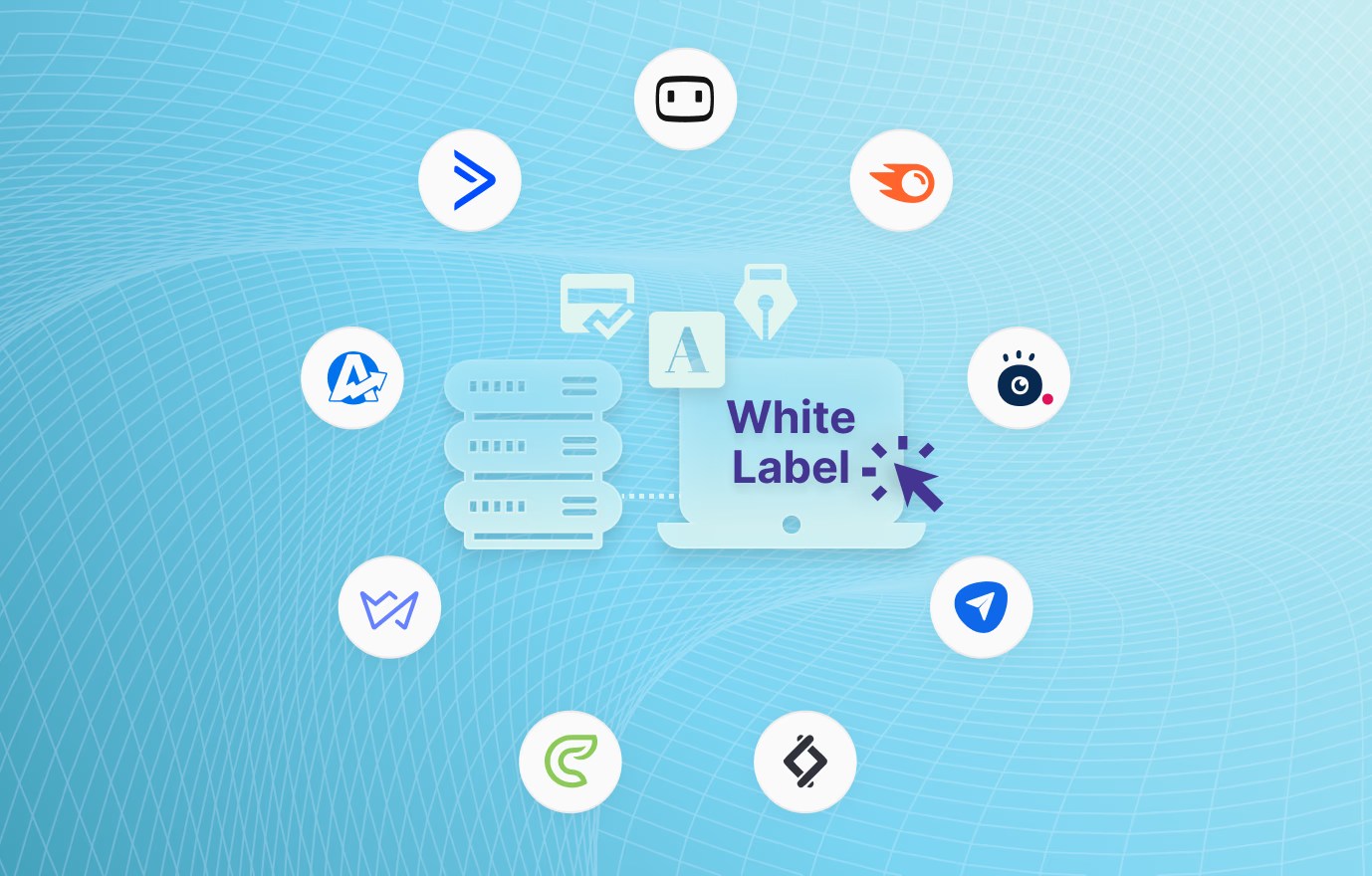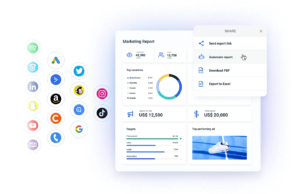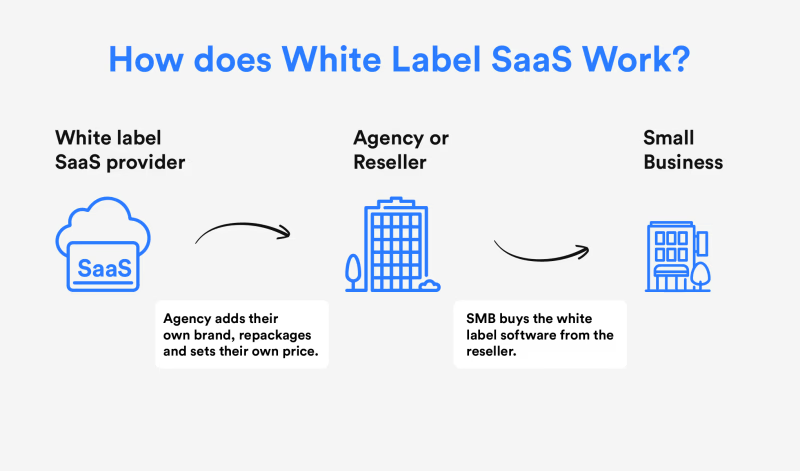What is White Label SaaS?
White Label SaaS (Software as a Service) refers to cloud-based software solutions developed by a third party but rebranded and sold by another company as its own. This innovative model allows businesses without the resources or expertise to build software in-house to offer sophisticated digital solutions under their own brand.
Key Features of White Label SaaS
Understanding the key features of this concept is essential for businesses considering this option:
- Custom Branding: The software can be customized to reflect the purchasing company’s brand, including logo, color schemes, and other design elements.
- Scalability: Because it leverages cloud infrastructure, White Label SaaS products can scale to accommodate growing business needs.
- Cost Efficiency: Businesses do not have to invest significantly in software development, which saves on costs related to hardware, IT staff, and maintenance.
- Time to Market: Companies can offer solutions to customers much faster than if they were developing software from scratch.
- Regular Updates: White Label SaaS providers typically offer regular updates and new features, ensuring the software remains competitive and up-to-date.
The Evolution of White Label SaaS
White Label SaaS has come a long way since its inception. In 2025, we’re seeing more sophisticated offerings that include AI-driven functionalities, advanced analytics, and seamless integration capabilities. This evolution has made White Label SaaS an even more attractive option for businesses looking to stay competitive in the digital age.
For a visual explanation of this SaaS and its evolution, check out this informative video: The Evolution of White Label SaaS
How White Label SaaS Works
The backbone of this system involves licensing agreements with SaaS developers. The licensee (buying company) can then market the software under their own brand name. Let’s take a closer look at the workflow:
The White Label SaaS Workflow
- Acquisition: The purchasing company selects a software solution from a SaaS provider that aligns with its business goals.
- Customization: The software is customized to meet the design and functionality preferences of the licensee’s brand.
- Integration: The solution is integrated with the company’s existing systems, ensuring seamless operation and user experience.
- Distribution: The company offers the software to its customers, maintaining the customer interface and relationship management.
- Ongoing Support: The White Label SaaS provider typically offers ongoing technical support, while the licensee handles customer-facing support.
Choosing the Right White Label SaaS Provider
Selecting the right White Label SaaS provider is crucial for success. Here are some factors to consider:
- Reputation and track record
- Customization options
- Scalability and performance
- Security measures
- Integration capabilities
- Pricing structure
- Support and maintenance services
Take your time to research and compare different providers. Don’t hesitate to request demos and ask for client references before making a decision.

Benefits of White Label SaaS for Your Business
Adopting White Label SaaS can bring numerous advantages to your business. Let’s explore these benefits in detail:
Brand Enhancement
Providing valuable software solutions reinforces brand authority in the industry. By offering a high-quality SaaS product under your brand, you position your company as an innovative leader in your field. This can significantly boost your brand’s reputation and credibility.
Revenue Generation
White Label SaaS creates new revenue streams as businesses can charge customers for proprietary solutions. This model allows you to diversify your income sources without the substantial upfront investment typically required for software development.
Customer Loyalty
By offering cutting-edge solutions, companies can enhance customer trust and satisfaction. When clients rely on your branded software for their daily operations, it strengthens their connection to your brand and increases the likelihood of long-term loyalty.
Competitive Advantage
Staying at the forefront of innovation without the burdensome costs of software development allows businesses to remain competitive. White Label SaaS enables you to quickly adapt to market demands and offer solutions that might otherwise be out of reach.
Focus on Core Competencies
By leveraging White Label SaaS, your business can focus on its core competencies while still offering advanced software solutions. This allows for better resource allocation and can lead to improved overall business performance.
White Label SaaS in Different Industries
White Label SaaS is versatile and can benefit numerous sectors. Let’s explore how it’s being utilized across various industries in 2025:
Marketing and Advertising
In the fast-paced world of marketing and advertising, agencies can offer customized marketing tools without building them from scratch. This allows them to focus on core services while providing clients with state-of-the-art software solutions. Examples include:
- Social media management platforms
- Analytics and reporting tools
- Marketing automation software
Healthcare
The healthcare industry has seen a significant transformation with the adoption of White Label SaaS solutions. These platforms power various aspects of healthcare delivery:
- Telemedicine platforms
- Electronic Health Record (EHR) systems
- Patient engagement apps
For instance, many hospitals now offer branded patient portals that are actually White Label SaaS solutions, providing a seamless experience for patients while leveraging robust, pre-built software.
Finance
Companies in the fintech space can use white label services to provide robust, secure platforms for their customers. This is particularly valuable given the high security and compliance requirements in the financial sector. Some applications include:
- Online banking platforms
- Investment management software
- Cryptocurrency trading interfaces
Education
The education sector has embraced White Label SaaS to enhance learning experiences and streamline administrative tasks. Examples include:
- Learning Management Systems (LMS)
- Virtual classroom software
- Student information systems
Many educational institutions now offer branded e-learning platforms that are powered by White Label SaaS solutions, allowing them to provide high-quality online education without the need for in-house development.
Challenges and Considerations
Despite its many benefits, White Label SaaS isn’t without challenges. It’s important to be aware of these potential hurdles when considering this approach:
Control Over Product
Licensing means dependence on another company for software updates and modifications, which can be a constraint. You may have limited control over the product roadmap and future developments.
Customization Limitations
Extensive modifications might not be possible, leading to potential limitations in adapting the software to specific business needs. It’s crucial to choose a White Label SaaS solution that aligns closely with your requirements from the outset.
Service Ambiguity
Customers may not be aware of third-party involvement, complicating support and accountability. Clear communication and robust support processes are essential to manage this challenge effectively.
Integration Complexities
Integrating White Label SaaS with existing systems can sometimes be challenging, especially for businesses with complex IT infrastructures. Thorough planning and potentially seeking expert assistance can help mitigate this issue.
Vendor Lock-in
Switching White Label SaaS providers can be difficult and costly, potentially leading to vendor lock-in. It’s important to carefully evaluate providers and consider future flexibility when making a decision.

Optimizing Your White Label SaaS Strategy
To make the most of your White Label SaaS offering, consider the following strategies:
Content Marketing
Create engaging blogs, guides, and tutorials around your software solutions to drive traffic and increase visibility. This not only helps with SEO but also positions your brand as an authority in your industry.
SEO Optimization
Use relevant keywords naturally throughout your content to increase search engine rankings. Focus on long-tail keywords that your potential customers might use when searching for solutions in your niche.
Customer Testimonials and Reviews
Highlight customer success stories to build trust and convert leads into customers. Real-world examples of how your White Label SaaS solution has benefited others can be powerful persuasion tools.
Continuous Improvement
Regularly gather feedback from your customers and work with your White Label SaaS provider to implement improvements and new features. This ensures your offering remains competitive and continues to meet customer needs.
Strategic Partnerships
Consider forming partnerships with complementary businesses to expand your reach and offer more comprehensive solutions to your customers.
For more insights on optimizing your SaaS strategy, check out this webinar: SaaS Optimization Strategies for 2025
Conclusion: Is White Label SaaS Right for Your Business?
Determining whether to adopt White Label SaaS depends on various factors like your business goals, resources, and customer needs. If you seek to expand your service offerings while saving on costs and reducing time to market, White Label SaaS could be a transformative choice for your business model.
With technological advancements continuing to accelerate, White Label SaaS presents a timely opportunity to agilely adapt and thrive in competitive industries. By understanding and implementing White Label SaaS, businesses can unlock their full potential, align strategically with technological advances, and meet the increasing demand for innovative solutions in various markets.
As we move further into 2025, the importance of staying agile and leveraging cutting-edge technologies cannot be overstated. White Label SaaS offers a pathway to do just that, allowing businesses of all sizes to compete effectively in the digital landscape.
Remember, the key to success with White Label SaaS lies in careful selection of providers, strategic implementation, and ongoing optimization. By taking a thoughtful approach and aligning your White Label SaaS strategy with your overarching business goals, you can foster sustained growth and enhanced operational efficiency.
Are you ready to explore how White Label SaaS can transform your business? Take the first step today and start researching potential solutions that align with your needs. The future of your business may well depend on the decisions you make now in adopting innovative technologies like White Label SaaS.
